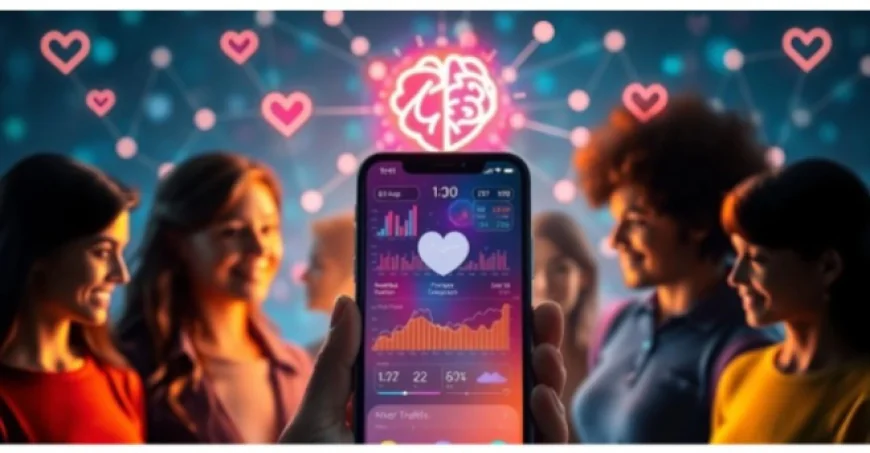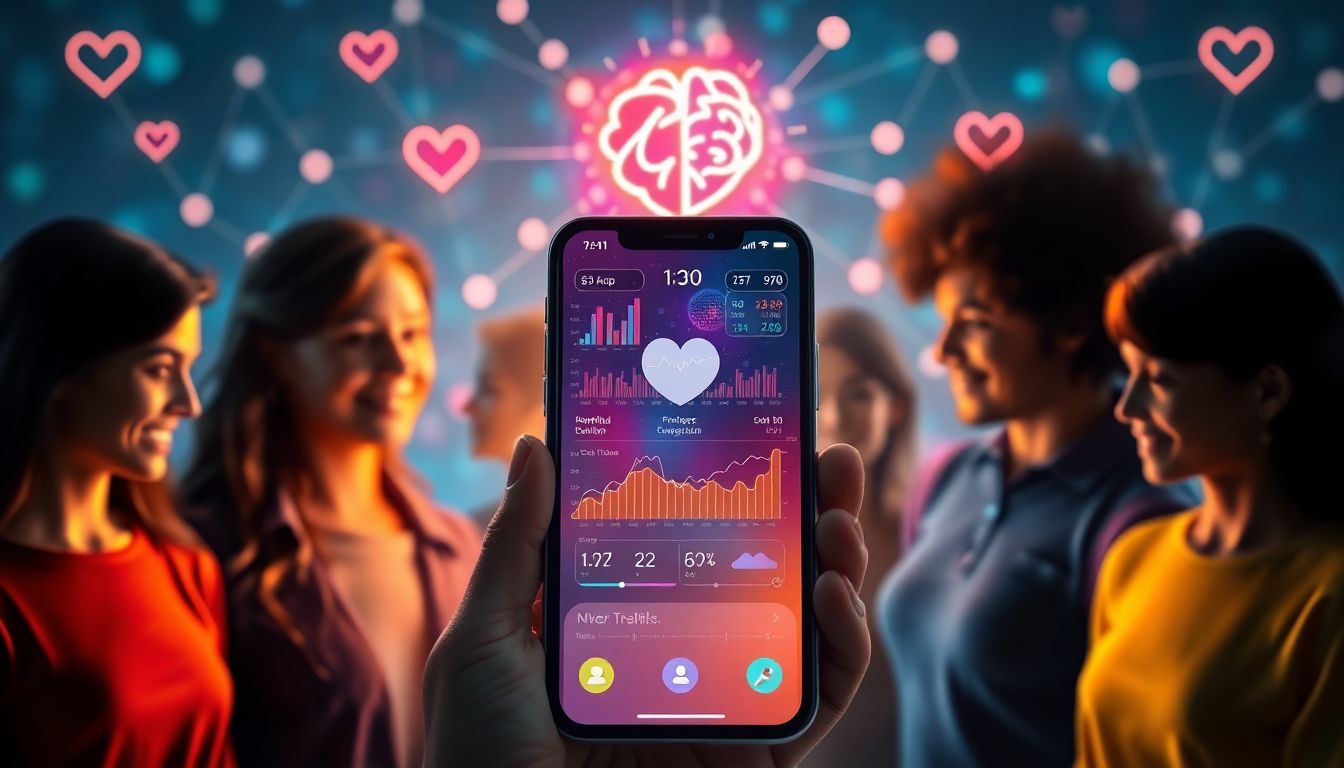Why Emotional Design Matters in Health Tech Apps
Health technology apps are changing how we manage wellness. They help us track health, follow routines, and even connect with healthcare providers. But what makes some apps stick around while others fade away? The secret often lies in emotional connection. When users feel emotionally engaged, they are more likely to stay committed. That's where emotional design comes into play. It’s the key to creating apps that users not only use but love. Emotional design boosts adherence, improves health results, and builds loyalty over time. It turns a cold tool into a trusted health partner.


Why Emotional Design Matters in Health Tech Apps
Introduction
Health technology apps are changing how we manage wellness. They help us track health, follow routines, and even connect with healthcare providers. But what makes some apps stick around while others fade away? The secret often lies in emotional connection. When users feel emotionally engaged, they are more likely to stay committed. That's where emotional design comes into play. It’s the key to creating apps that users not only use but love. Emotional design boosts adherence, improves health results, and builds loyalty over time. It turns a cold tool into a trusted health partner.
Understanding Emotional Design in Health Tech
What is Emotional Design?
Emotional design focuses on how products make people feel. In health apps, it’s about more than just working well. It’s about creating feelings of safety, encouragement, and support. This approach differs from just making an app easy to navigate. It aims to spark positive emotions that motivate users. Don Norman, a pioneer in design, explains that emotional responses shape our experiences. In health tech, this means designing apps that connect on a human level. When users feel understood and cared for, they stick with their routines longer.
The Psychology Behind User Engagement
Why do some health apps keep users coming back? Emotions play a big role. Positive feelings like hope and pride push us to keep going. Negative emotions such as fear or frustration can cause us to abandon routines. Behavioral psychology shows that our decisions are often driven by feelings. Apps that make users feel successful or supported can change habits faster. When users experience joy or relief using an app, they develop trust. That trust makes them more motivated to stay committed to their health goals.
The Significance of Emotions in Healthcare Contexts
Health information can be sensitive. People fear judgment or failure when sharing health struggles. Emotional responses can be strong and unpredictable. Healthcare providers seek apps that meet emotional needs, not just provide data. Ignoring emotions risks making users feel isolated or overwhelmed. This can lead to dropping the app or ignoring health advice altogether. An emotionally aware app creates a safe space for users. It respects their feelings and encourages ongoing engagement.
The Impact of Emotional Design on User Experience
Building Trust and Credibility
Trust is the foundation of health apps. Visual cues, like warm colors and friendly fonts, make users feel comfortable. Tone and messaging matter too. Apps that show empathy through words build credibility. Take Mayo Clinic’s app, for example; its compassionate language reassures users. When users feel the app cares about them, they’re more likely to follow advice.
Enhancing Motivation and Adherence
Emotional engagement fuels habits. Apps like Noom or Fitbit use friendly reminders and positive feedback to motivate. They celebrate small wins, making progress feel tangible. This emotional boost encourages users to stay on track. When users feel proud or supported, sticking to routines gets easier.
Reducing Anxiety and Stress
Many health tasks can cause worry. Features like calming visuals or reassuring language help soothe users. For example, gentle color schemes and encouraging words can lower stress levels. Disarmed and calm users tend to be more engaged and consistent. Apps that ease anxiety see better overall usage and results.
Creating a Sense of Community and Support
People crave connection, especially about health. Social features, testimonials, and peer groups foster emotional bonds. Apple’s Health Community shows how shared stories and support boost motivation. Feeling part of a group helps users fight loneliness and stay committed. It turns health work into a shared journey, not a solo fight.
Strategies for Implementing Emotional Design in Health Tech Apps
Personalization and Empathy
Tailoring apps to individual needs makes users feel special. Use their names, habits, and preferences. Words and tone should reflect understanding. If someone is new to exercise, gentle encouragement hits home. Personal touch creates loyalty and trust.
Visual and Aesthetic Elements
Colors evoke feelings. Blue feels calming, red energizes. Use imagery that resonates emotionally—smiling faces, peaceful scenes. Animations can add joy and engagement. Proper visual cues reinforce a positive, supportive atmosphere.
Feedback and Recognition
Rewards matter. Badges, points, or simple praise can motivate users. Gamification makes progress fun. Seeing their achievements keeps users engaged long-term. Immediate positive feedback boosts confidence and commitment.
Incorporating User Feedback and Stories
Let users share their journeys. Stories create emotional bonds between users and the app. Listening to their feedback improves design and shows care. When users see their voices matter, they feel valued and connected.
Ensuring Privacy and Security with Compassion
Trust also depends on feeling safe with personal data. Clearly explain how data is protected. Respect user control and consent. When privacy is transparent, users are more open and trusting. Love and privacy go hand in hand.
Challenges and Considerations
Designers face hurdles in balancing emotions and facts. People come from different cultures, so emotional cues may be received differently. Apps must remain credible without overselling. Overpromising can backfire, creating false hope or disappointment. Avoiding these mistakes is crucial for lasting trust.
Conclusion
Emotional design is essential for health tech apps to truly succeed. A well-crafted emotional connection can increase adherence, improve health results, and develop user loyalty. When users feel supported and understood, they’re more likely to stay committed. Prioritize emotional design to make health apps more effective. Strong emotional bonds turn simple tools into lifelong health partners. Start thinking about feelings—your users will thank you.
Harness the power of emotional design and watch your health app make a real difference.



 VARSHITHA
VARSHITHA